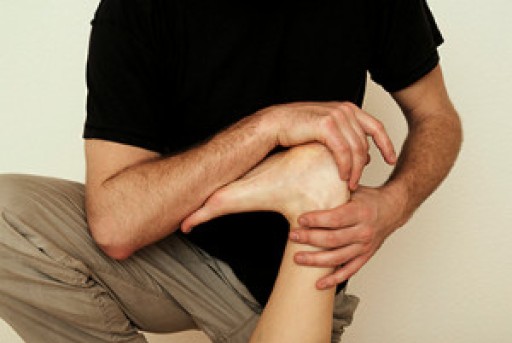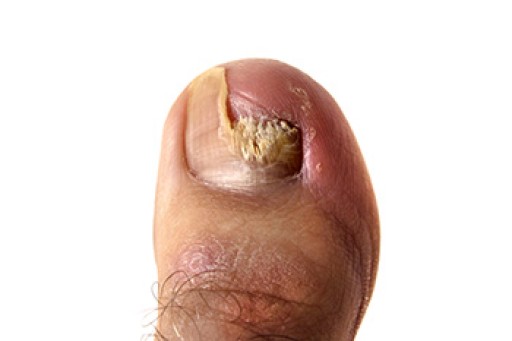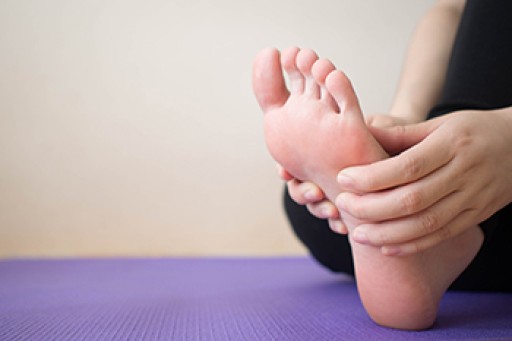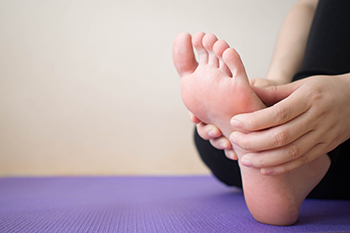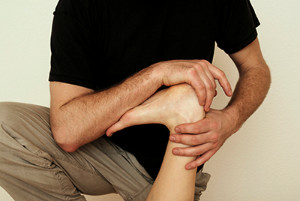
Given the many sources of pain and tightness our feet can endure in life, it behooves us to take regular care of our feet, including stretching them. Moving around in daily life, airplane flights, long car rides, and vigorous exercise can all impact the comfort of our feet. Painful, swollen feet can lead to pain above the feet as well, including the ankles, knees, hips, and back. Stretches can be performed to soothe the feet, improve flexibility, and help with circulation. A few examples of foot stretches include the point and flex exercise, the foot prayer, and the inner ankle stretch. The point and flex exercise is done while sitting on the floor or a workout bench with the feet pointed out in front of you. From this position, point and flex the feet and toes repeatedly. The foot prayer consists of sitting in the same position and then rotating the feet inward, bringing the soles of the feet together. Hold for three seconds before straightening the legs out and repeating. The inner ankle stretch also starts with the feet pointed out in front of you and the feet flexed. The feet should then be rotated outward until a gentle stretch is felt in the inner ankle and foot. As with the prior exercise, stretching should be held for three seconds and repeated. If you regularly suffer from foot pain or tightness and want more information on stretches you can do for your feet, it is suggested that you consult with a podiatrist for further discussion on this issue.
Stretching the feet is a great way to prevent injuries. If you have any concerns with your feet consult with one of our podiatrists from Footcare Now. Our doctors will assess your condition and provide you with quality foot and ankle treatment.
Stretching the Feet
Being the backbone of the body, the feet carry your entire weight and can easily become overexerted, causing cramps and pain. As with any body part, stretching your feet can serve many benefits. From increasing flexibility to even providing some pain relief, be sure to give your feet a stretch from time to time. This is especially important for athletes or anyone performing aerobic exercises, but anyone experiencing foot pain or is on their feet constantly should also engage in this practice.
Great ways to stretch your feet:
- Crossing one leg over the others and carefully pull your toes back. Do 10-20 repetitions and repeat the process for each foot
- Face a wall with your arms out and hands flat against the wall. Step back with one foot and keep it flat on the floor while moving the other leg forward. Lean towards the wall until you feel a stretch. Hold for 30 seconds and perform 10 repetitions for each foot
- Be sure not to overextend or push your limbs too hard or you could risk pulling or straining your muscle
Individuals who tend to their feet by regular stretching every day should be able to minimize foot pain and prevent new problems from arising.
If you have any questions, please feel free to contact our offices located in Elmhurst Jackson Heights, and Astoria, NY . We offer the newest diagnostic and treatment technologies for all your foot care needs.
